In a significant ethical gesture concerning artefact ownership, the Art Institute of Chicago has announced the repatriation of an ancient artefact to Thailand. This decision reflects growing awareness of cultural heritage issues.
The piece in question is a fragment of a pilaster depicting Krishna lifting Mount Govardhana, dating back approximately 900 years to the 17th-century Buddhist era. It holds historical significance as part of the architectural heritage of Prasat Phanom Rung, a tenth-century Hindu temple in Buriram Province.
Originally donated to the Art Institute in 1966, recent investigations revealed its likely origin from the eastern mandapa doorframe of Prasat Phanom Rung. Dr. Nicolas Revire, a specialist in Southeast Asian art and archaeology, advocated for its return after findings suggested its removal from Thailand might not have been lawful.
The Art Institute’s Board of Trustees approved the artefact’s removal from their registry on 11th June 2024. Following this decision, coordination with Thailand’s Fine Arts Department commenced, culminating in mutual agreement for its repatriation.
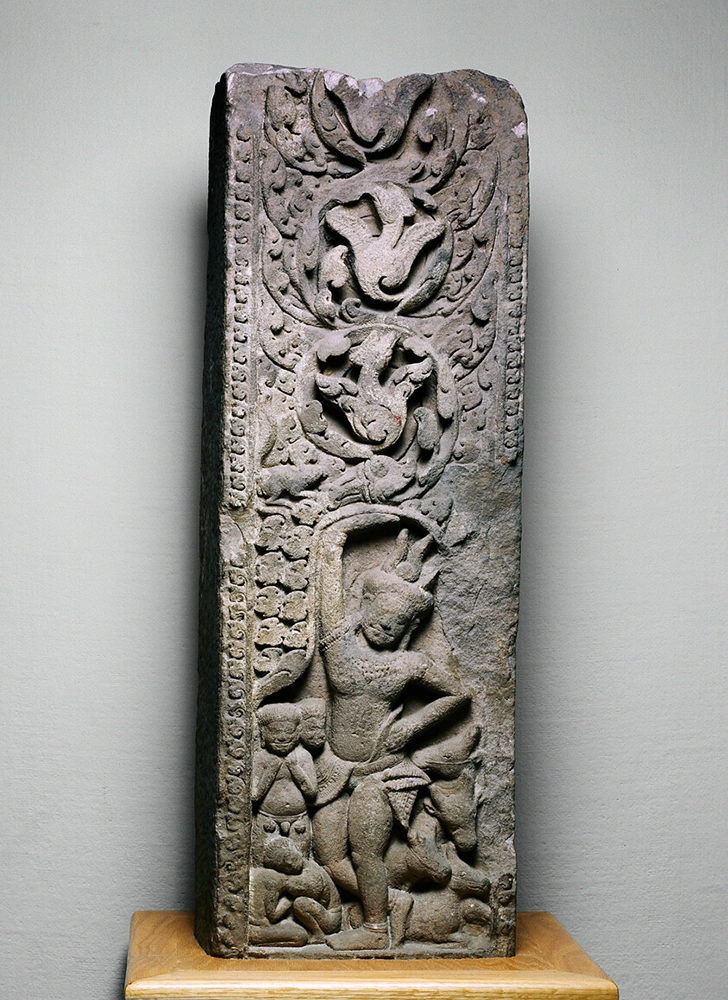
Thailand’s Ministry of Culture, represented by Minister Sudawan Wangsuphakitkosol, praised the institute’s decision, emphasising its role in combating illicit antiquities trade and enhancing bilateral relations.
“This return underscores the importance of preserving cultural heritage,” Minister Sudawan remarked in a statement.
Phnombootra Chadrajoti, Director General of Thailand’s Fine Arts Department, echoed this sentiment, describing the return as a milestone in cultural cooperation.
“This marks a significant moment in our bilateral exchange, promoting greater collaboration,” Director General Chadrajoti stated.
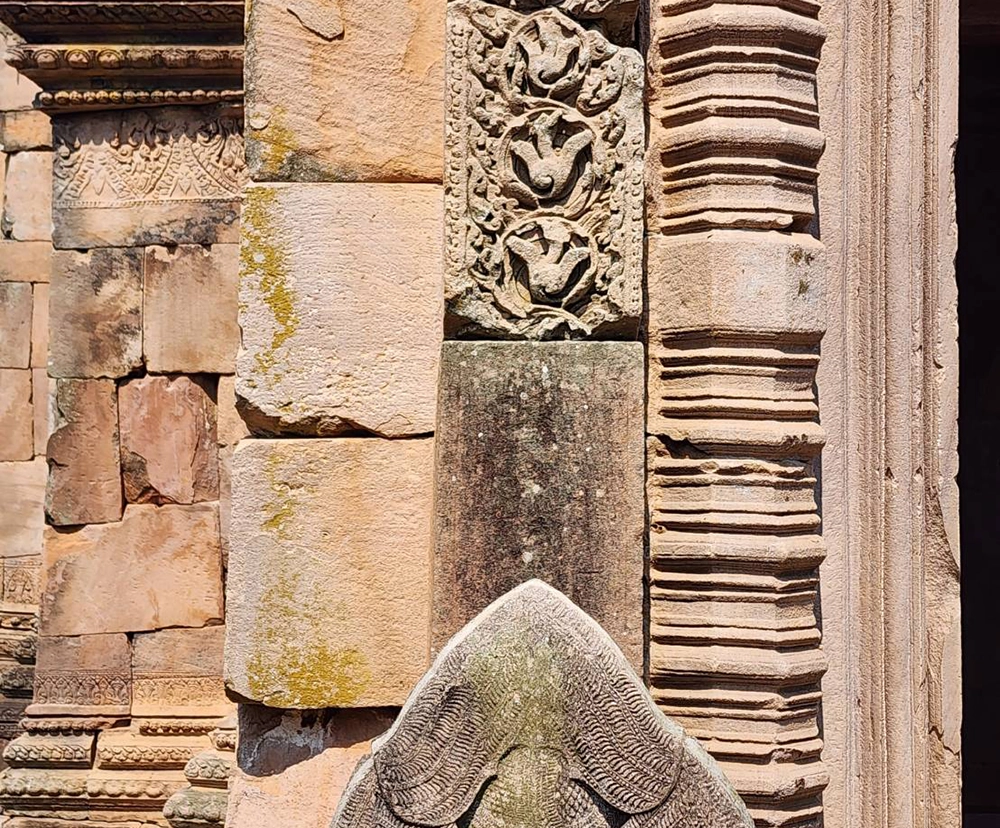
The Art Institute’s voluntary return is viewed as a commendable effort in cultural preservation and fostering international respect.
Prasat Phanom Rung, known for its tenth-century Hindu monuments, previously saw the return of another artefact—the Vishnu lintel—from the Art Institute in 1988. The lintel has since been restored to the temple. The institute hopes the pilaster fragment can similarly reunite with its place of origin.
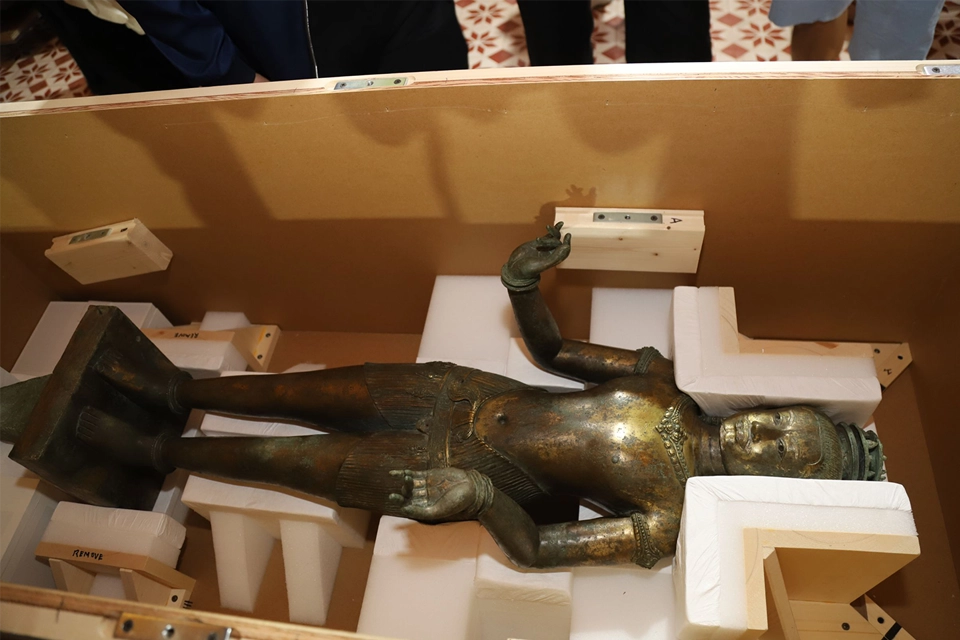
ARTS AND CULTURE
The Lost Boy Is Home
The Standing Shiva, famously known as “Golden Boy,” and the Kneeling Female sculptures have arrived in Thailand today at 7 a.m. They are currently undergoing inspection as part of the customs process to ensure their condition, supervised by the Director of the National Museum.
>> Read more
In recent years, collaborations between Thailand and the US have seen the return of numerous ancient Thai artefacts, highlighting efforts to combat art trafficking. In 2021, the Asian Art Museum in San Francisco returned two ancient stone lintels, dating from the 9th or 10th century, featuring intricate Hindu iconography.
Most recently, Bangkok’s National Museum displayed the “Golden Boy” statue and the “Kneeling Lady,” returned from the Metropolitan Museum of Art in May 2024.
Despite these returns, over 100 Thai artefacts remain scattered across the globe, prompting ongoing efforts for their recovery.

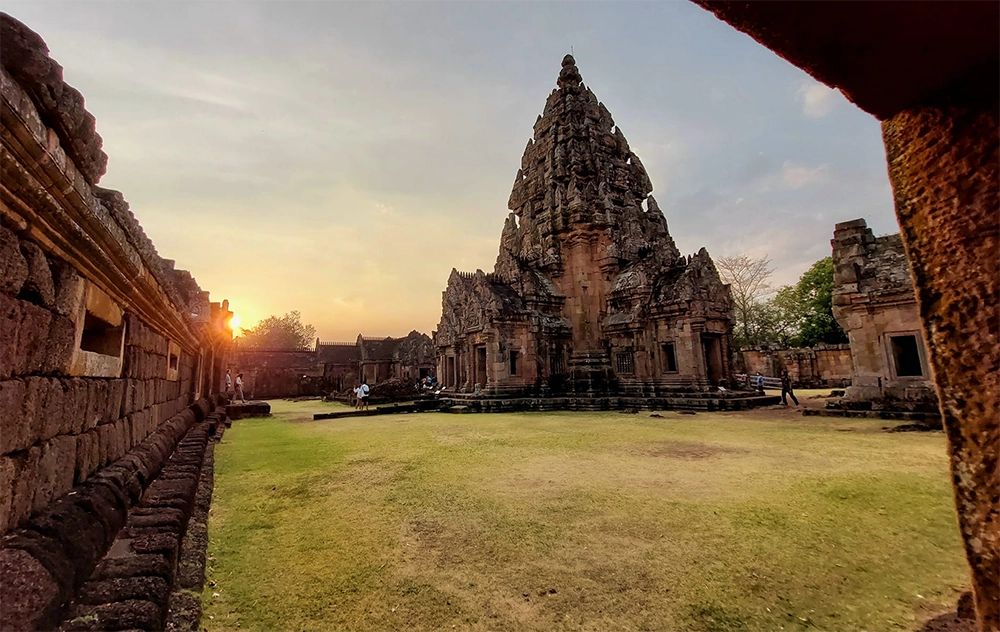
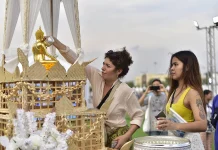
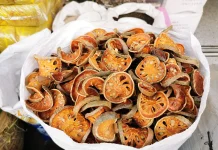









[…] >>Read more […]
Comments are closed.